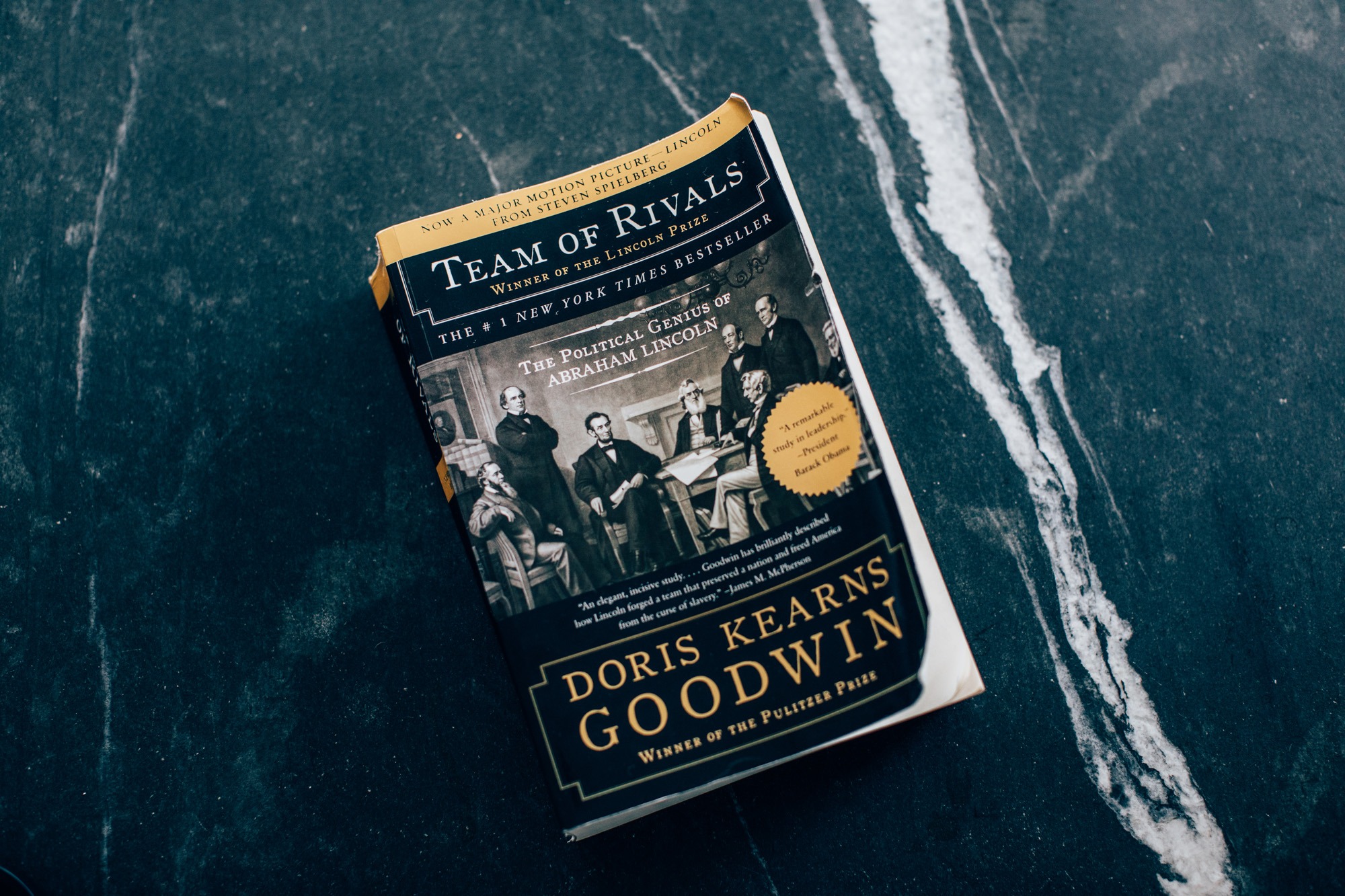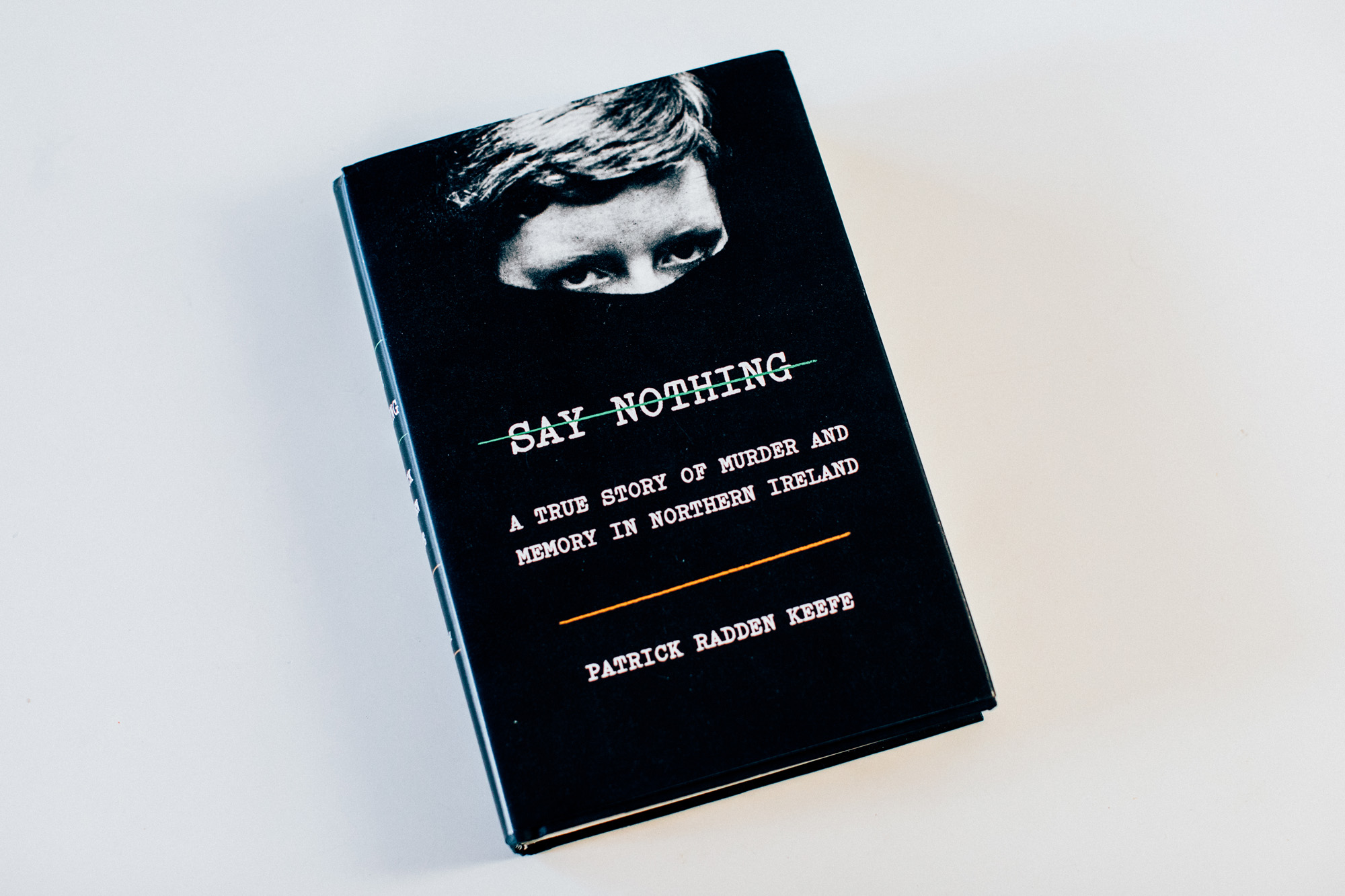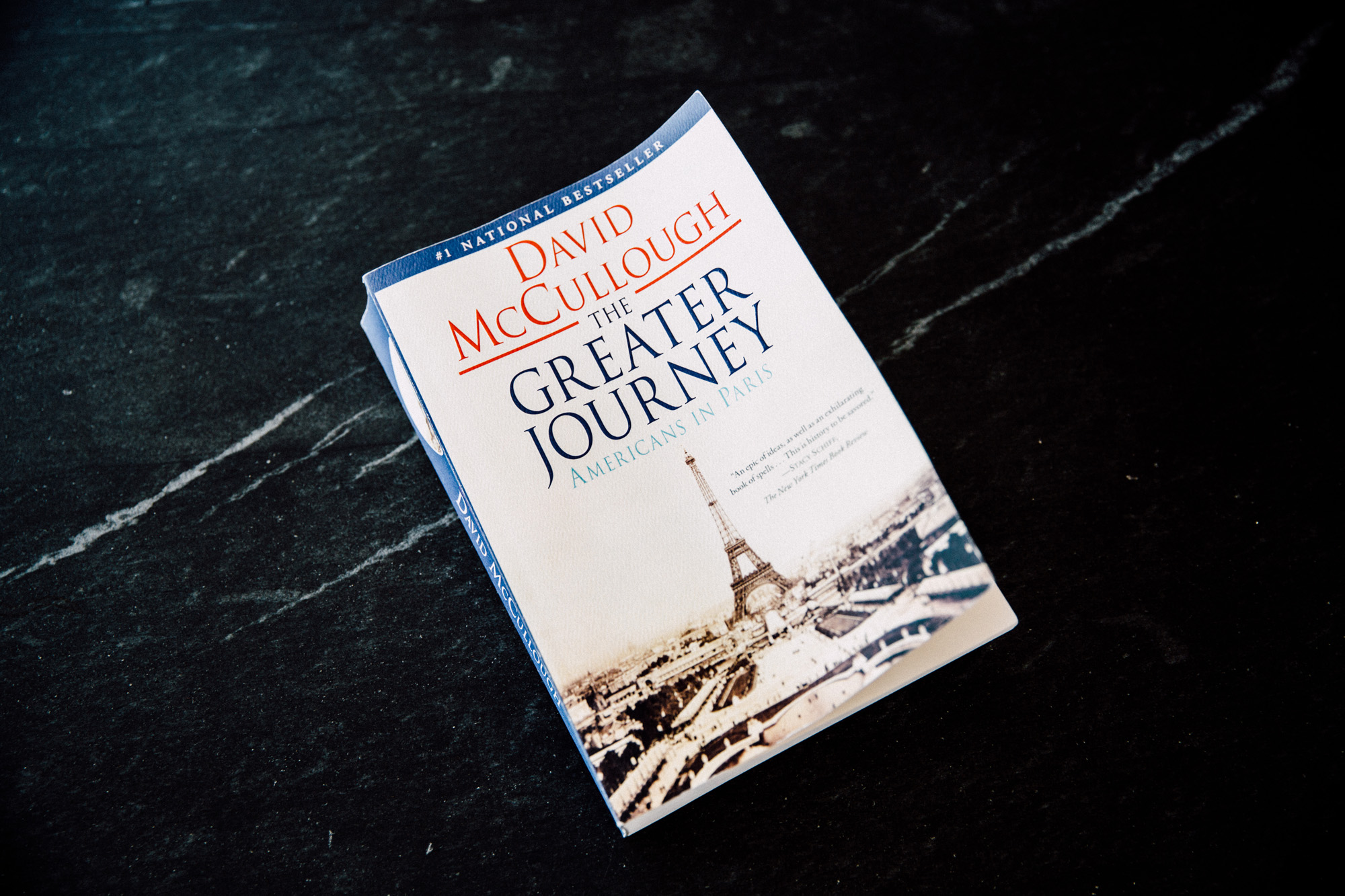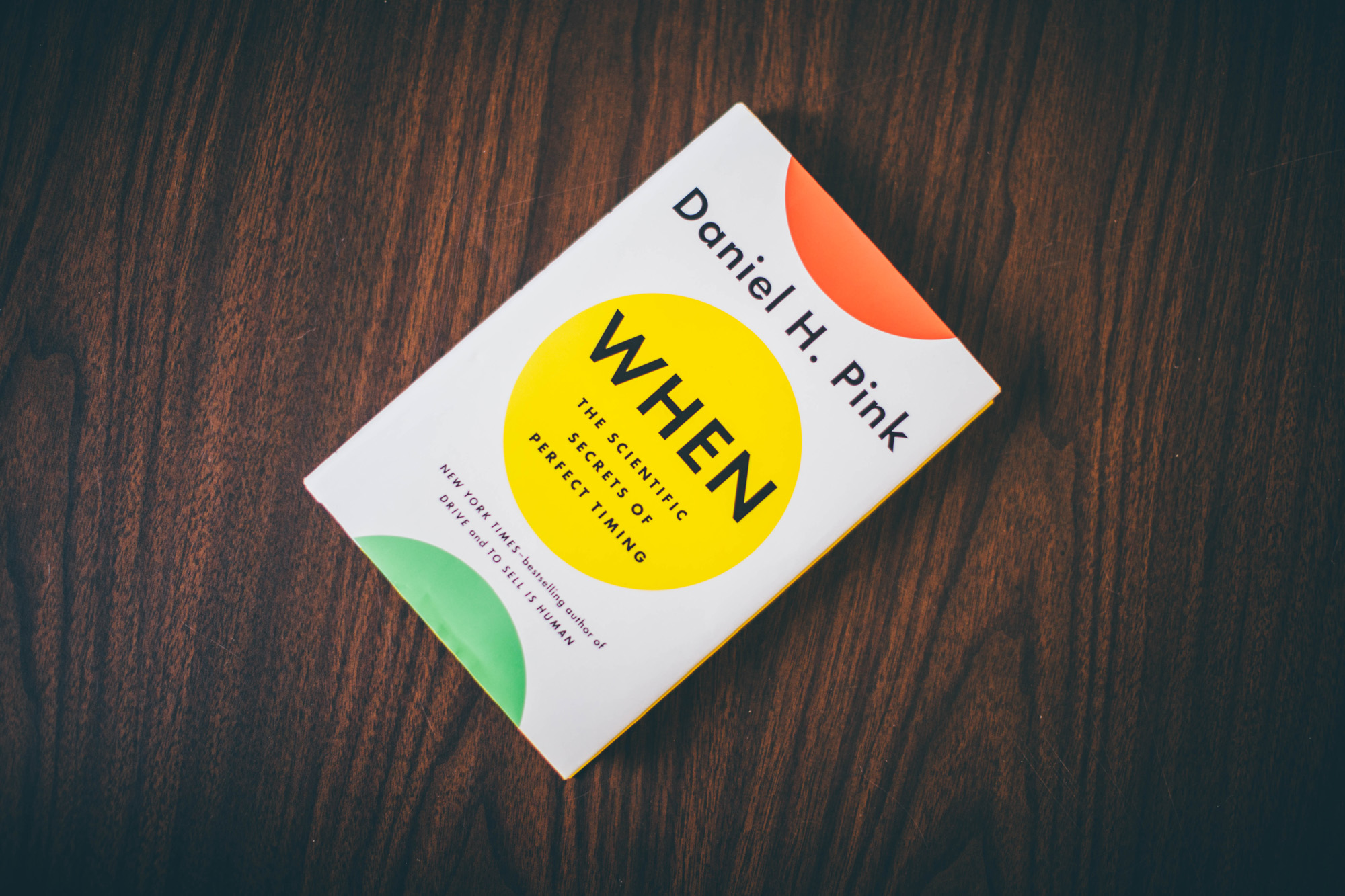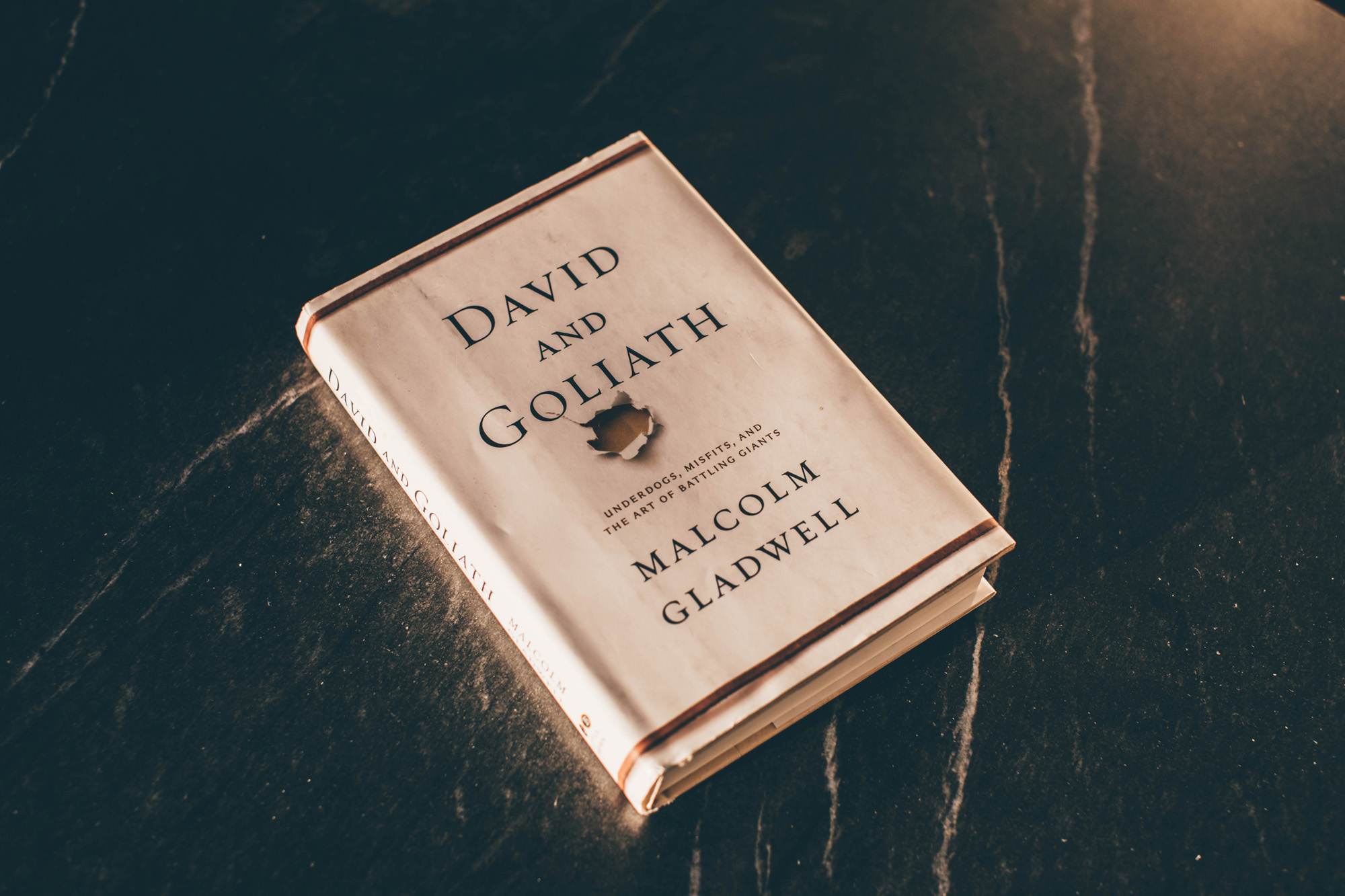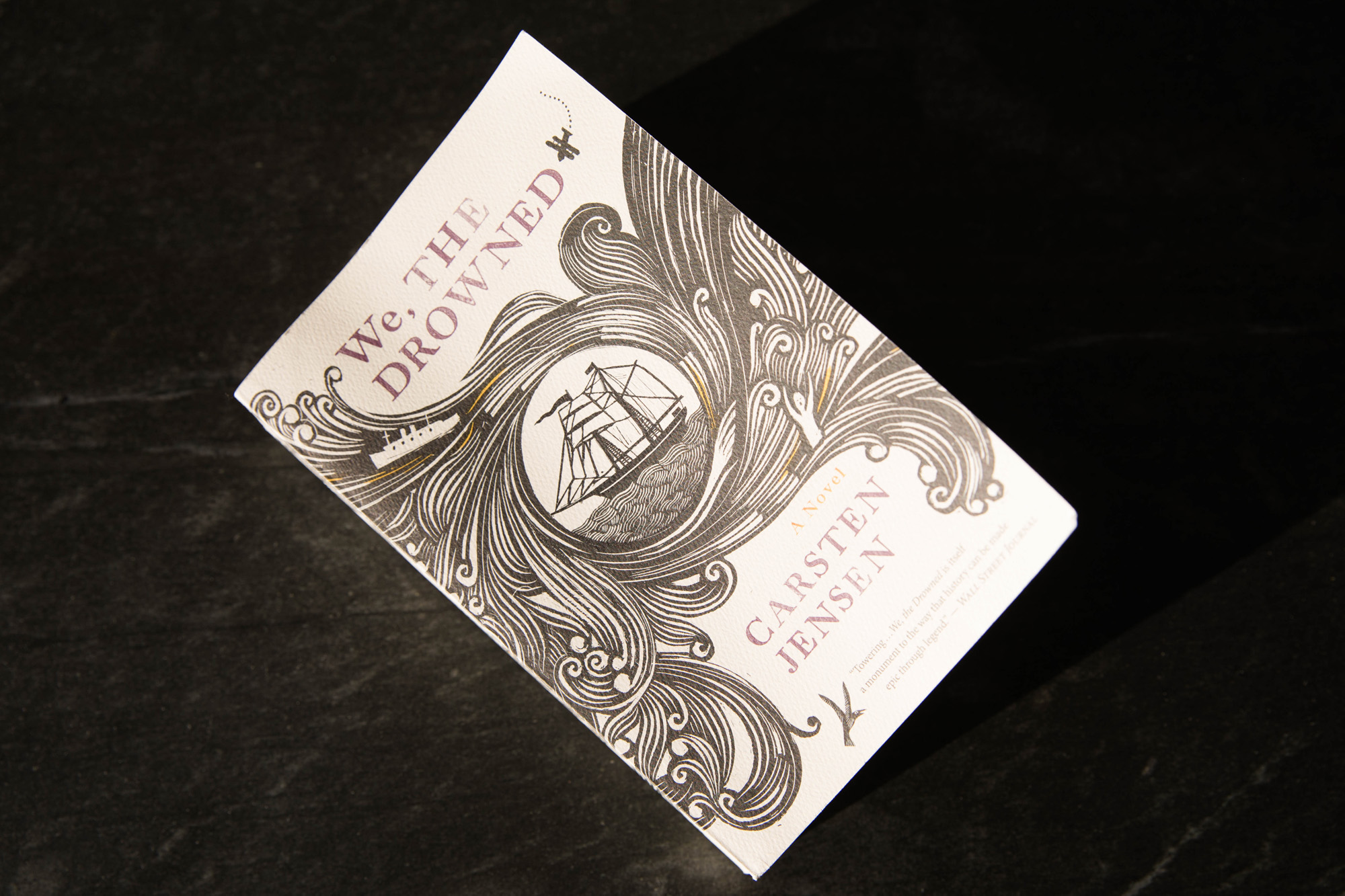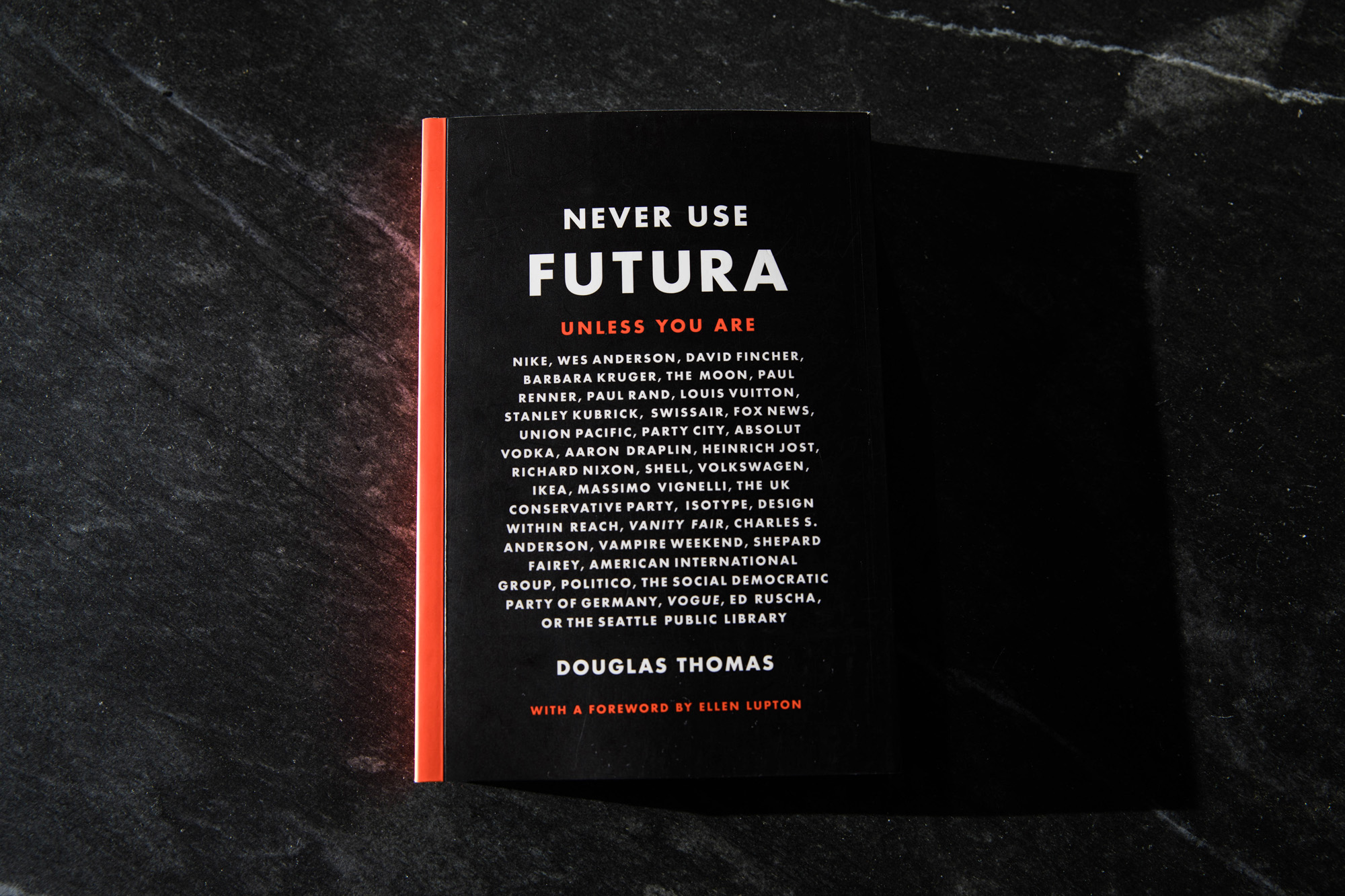
This was another book that I got in my Christmas stocking. Thanks, B. I had actually asked for this one. One of my colleagues mentioned that his wife was reading it and enjoyed. Since I was a massive RHCP fan growing up, I felt like I needed to get in on this action.
By way of background, I was extremely passionate about music in the early 90s. Listening to and playing music were two of my main hobbies. I won’t say that Red Hot Chili Peppers was my favorite band. But they were definitely in heavy rotation on my CD player. And as a bass player, Flea was definitely my favorite (Les Claypool was a close second). Reading this book was almost enough inspiration for me to break the bass out of storage and give it a slap. Alas, my bass guitar is still collecting dust in the closet.
The book reeled me in right away. I had no idea that AK was from Michigan. Anthony’s way of story telling is very matter of fact and easily conjures visuals, occasionally too vivid. His voice in the beginning of the book is very humble and to the point. I wish that he would have been able to sustain that voice through the entirety of the book. Unfortunately that is not the case. Nonetheless, I did find the story fascinating. I especially loved reading about RHCP’s interactions with other personalities from that era that I was really into, i.e. Kurt Cobain.
Some takeaways from the book:
- Anthony Kiedis is an addict
- Los Angeles in the 70s and 80s was a free-for-all
- Anthony Kiedis is not a musician (at all), despite being in a band
- Apparently speedball is like coke, but the high lasts longer
- Aside from the drugee lingo, this book may have actually diminished my vocabulary except for the word “accoutrement,” a word that no one actually uses in real life, yet inexplicably appears on multiple occasions in this text
- Anthony Kiedis dated Sinead O’Connor, and was dumped by her
- AK is still pissed about being dumped by Sinead
- Black tar heroin is most easily sourced in Mexico
If you read at my pace it will take multiple sittings to finish (~460 pages). If you read at Angela Libby’s pace, you will finish it in 1.5 hours. If you can look past all of the humble (and not so humble) bragging, the blatant retorts to negative media, etc., there is a lot of wacky entertaining stuff in this text. Overall, I’d say it is worth the read.
